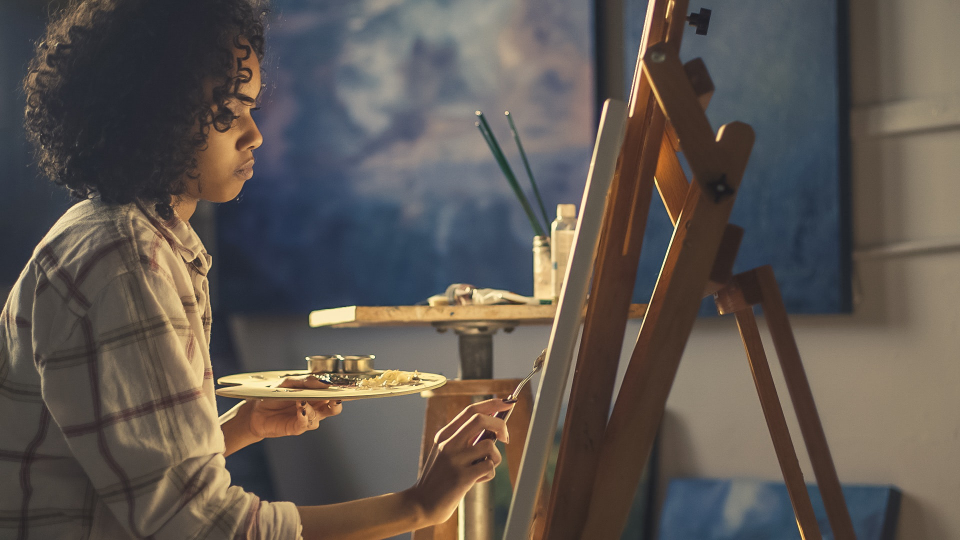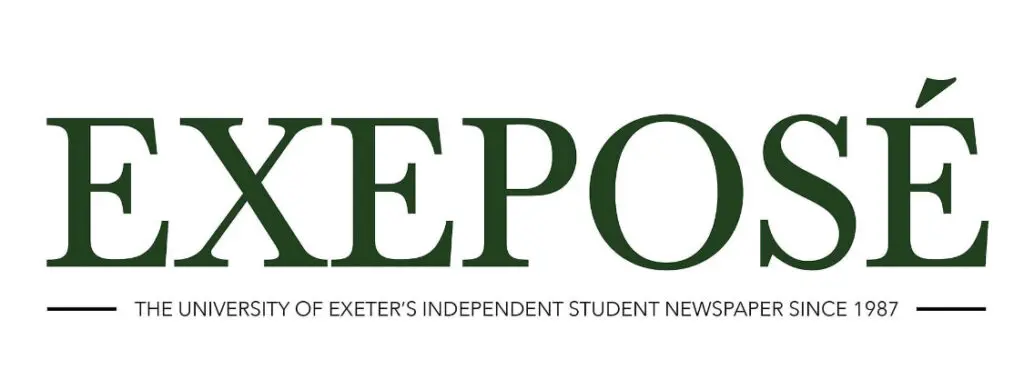
With women historically being erased from not only the workplace and politics, but also other aspects of society such as the arts, the news of the renovated National Museum of Women in the Arts reopening in Washington, D.C. is sparking increasing interest among not only feminists and casual museum-goers, but also art connoisseurs worldwide.
The history of the museum goes back to the 1970s, when Wilhelmina Holladay, upon a trip around Europe, became fascinated with the paintings of Clara Peeters – yet for years, she was unable to find the reference to any of her work (or any other female artists’ work, for that matter) incorporated in textbooks and educational resources. On the other hand, however, the purpose of the museum arguably starts with the 17th century – a.k.a., the beginning of the First Wave of Feminism, when married, white, middle-class women first started to realise the oppressive nature and the constraints of their marriages.
The variety of artwork displayed in the museum means there is something for everyone
This brings me to the next point. Some may ask: why is this so revolutionary? For one part, with the oppression women have faced throughout time, I think the question we should be asking instead is: why isn’t this revolutionary? For centuries, female talent and art were put down, seen as not good enough and erased, and now we are choosing to celebrate it instead. Instead of revolutionary, I would call it beautiful or fascinating. Alternatively, a museum of strictly female talent keeps the topic of conversation going; possibly inspiring other institutions, or even other nations, to take inspiration from this ongoing project.
The variety of artwork displayed in the museum means there is something for everyone – regardless of gender, race, or sexuality – a museum meant to celebrate female success does not mean it is only available to those who identify as such. Whilst some criticise the museum for separating the two genders and arguably highlighting past female erasure by implying that we are not yet truly equal. Some male critics are also declaring that there is no need for such a museum, the Deputy Director for Art in the museum, Kathryn Wat, emphasises that the staff are thrilled to be re-opening the museum, and to continue to allow opportunities to highlight female talent.
As a result, to increase the progression in celebrating female success made by Holladay in Washington, other countries should at least aim to follow in their footsteps. If not strictly through museums, then through education: workshops, changes in curriculum, and of course, the place it all started – textbooks included.


